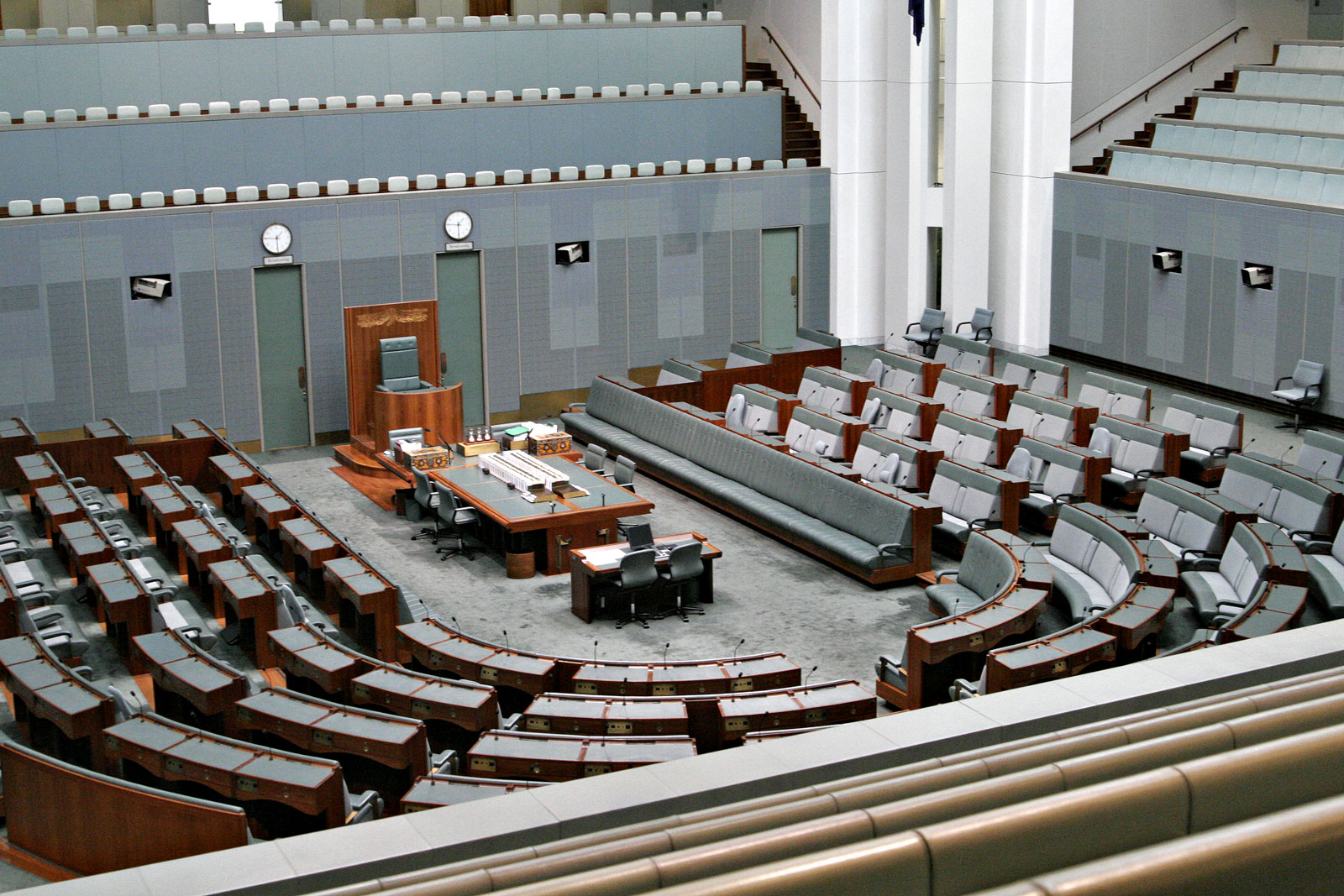I know politics tends to leave a bitter taste in the mouths of young Australians – they are tuned out and switched off. Anything remotely political is considered humdrum, but it shouldn’t be. No one can dismiss that politics is hard to keep up with and, at times, hard to tolerate. It is difficult to comprehend for this reason: it isn’t clearly taught to us. It’s largely due to the lack of education that many people have no idea about how our political system functions. So, I’ll do my best to make it a bit clearer.
Australia uses the Westminster system of parliamentary government, which is modelled after the politics of the United Kingdom. A key feature is its bicameral nature, meaning there are two houses of parliament: the lower house and the upper house. Members of the lower house serve three-year terms, while those in the upper house serve for six years.
Also known as the House of Representatives, the lower house consists of 150 members, who represent electoral divisions (seats). The main political parties represented in the lower house are the Australian Labor Party, the Liberal Party of Australia and the National Party of Australia. In recent years, there have also been a number of smaller parties (like the Greens) and independent members, too. A member who wishes to propose or introduce a bill must introduce it in the House of Representatives.
Alternatively known as the Senate, the upper house consists of 76 members: 12 for each state, and two for the Northern Territory and the Australian Capital territory, respectively. The Senate has the capacity to block legislation initiated by the government in the House of Representatives. On most sitting days, a session of questions and answers takes place in which senators probe and challenge their fellow senators on various issues. This also occurs between members in the House of Representatives, and is regularly televised on ABC24. You can listen to both houses of parliament live on ABC NewsRadio (1026 on your AM dial in Melbourne).
So, how does an idea actually become law? I’ll explain how it works here in Victoria, but this process is largely the same at the Federal level. Political parties, ministerial advisers, public servants, pressure groups and the media render issues relevant or irrelevant. For example, opinion polls indicate to politicians the direction of public opinion (what the people think about an issue), which might in turn influence the development stages of policy production. Once a policy is formed it is discussed and debated among political parties: government, opposition, third parties and independent members. The appropriate minister will then submit the policy to Cabinet where the submission is read, drafted by the appropriate Minister’s Bill Committee and finally approved. Meanwhile, Parliamentary Counsel prepares a Draft Bill. Once the policy is approved, a Party Caucus approval is required. (Note: a Bill may originate in either the Legislative Assembly (lower house) or the Legislative Council (upper house), the exception being that bills to spend government money or to raise taxes must be introduced in the Legislative Assembly).
Once the Bill passes, it enters the House of Origin where it encounters five hurdles: the Initiation, the First Reading, the Second Reading, Consideration in Detail and the Third Reading. I’ll explain these parliamentary processes in a little detail. The initiation stage sees the Bill go through the Legislative Assembly, the Legislative Council, and then the appropriation of the Bill commences. The First Reading sees a formal motion to bring the Bill in is put forth (a request of, and approval from, the House is needed to proceed). The Second Reading is much more thorough: a statement of the Bill’s compatibility with the Charter of Human Rights and Responsibilities Act 2006 is tabled by the Minister or member. The Minister or the member provides their second reading speech; copies of the Bill are circulated to all members, accompanied with explanatory notes. And if a Bill requires expenditure from the Consolidated Fund (relates to public money), a message from the Governor is required. In the final stage of the Second Reading, the Bill is debated in principle – that is that the general propositions of the Bill are further clarified. The fourth stage, the Consideration in Detail process, sees a careful examination of the Bill in complete detail clause-by-clause where relevant amendments are made. In the Legislative Council, this is called the Committee of the Whole stage.
The fifth and final stage is a process for further debate, if necessary. Once the Bill passes the House it enters the Second House where a procedure and approval process awaits. In the procedure stage a similar scrutiny course of action that’s used in the House of Origin is adopted – if the Bill passes amendments those amendments are transmitted by message to the House of Origin. And further messages flow between the houses accepting, rejecting or proposing modifications to the amendments. Moreover, each House must agree to any amendments in an identical form before a Bill can become a law. Once it’s approved – when both Houses pass the Bill – it is then to be prepared for Royal Assent. In the final stage of the parliamentary process by which Bills are passed, the Clerk of Parliaments certifies the Bill. Finally, this is the stage where the Governor grants Royal Assent. The enactment of the Bill now means it becomes a law. Ultimately, the process in which Bills are legislated (and created) in the State Parliament of Victoria, among other states, is indeed similar to Federal Parliament.
Nathan Stanogias


